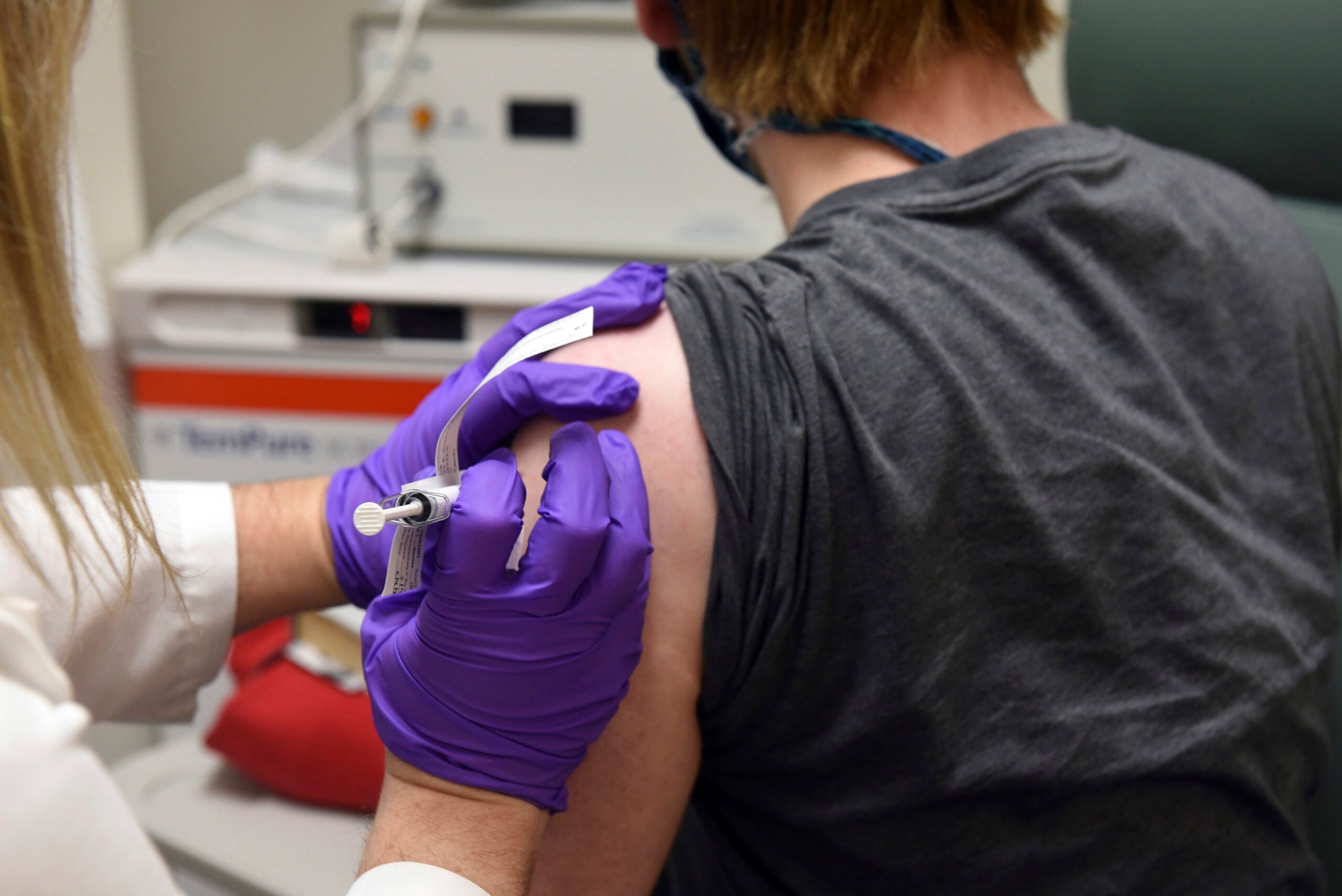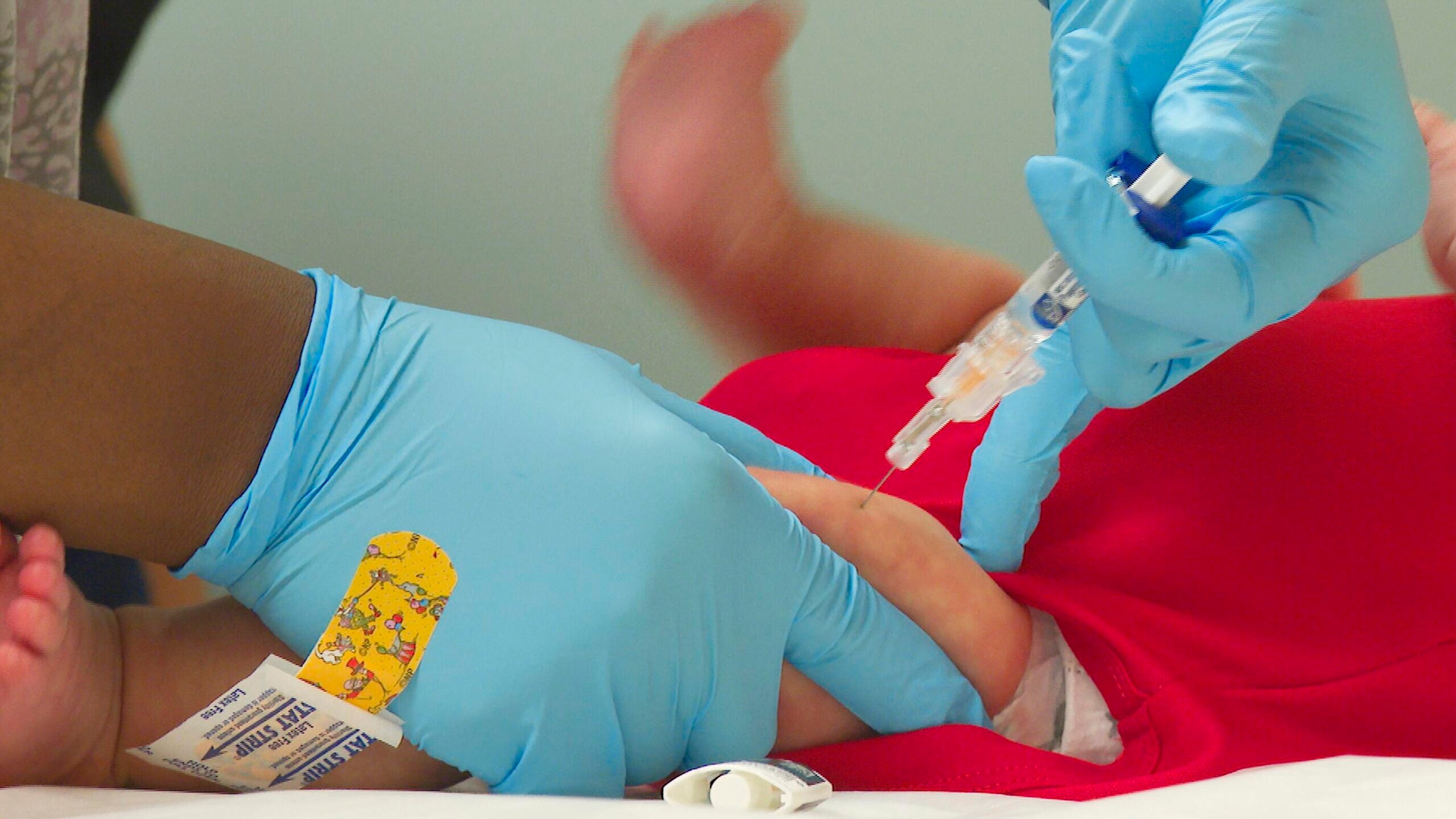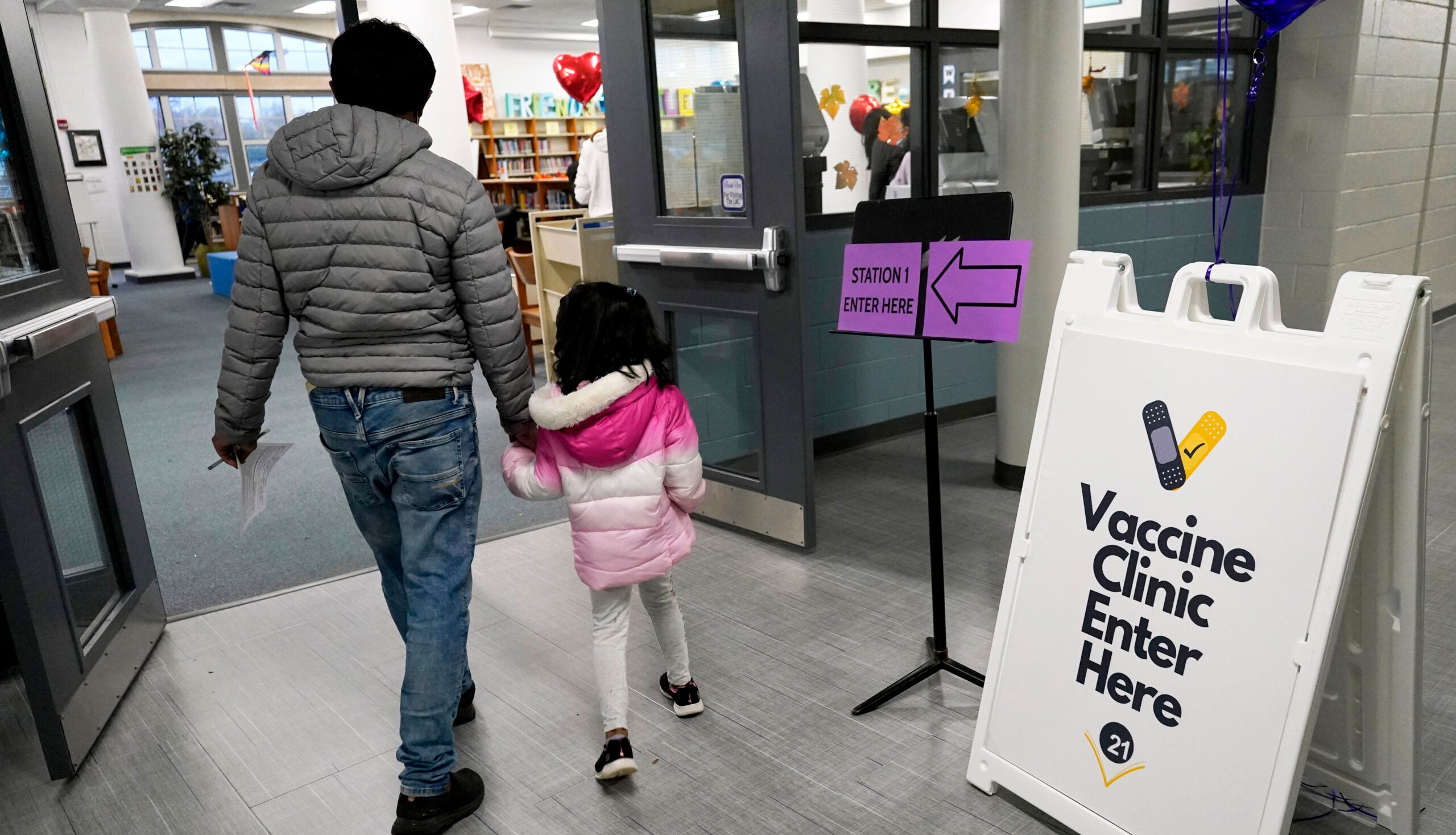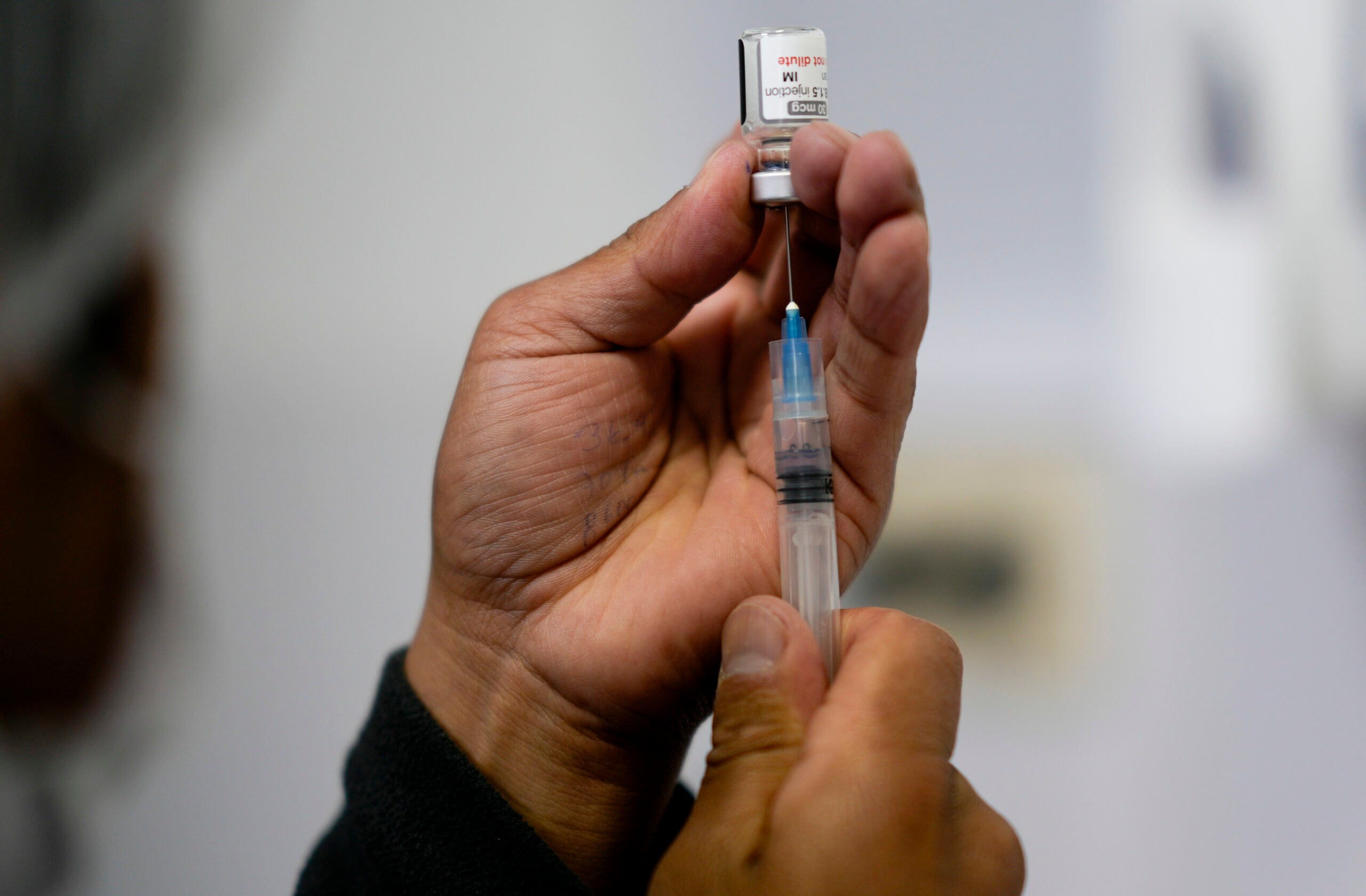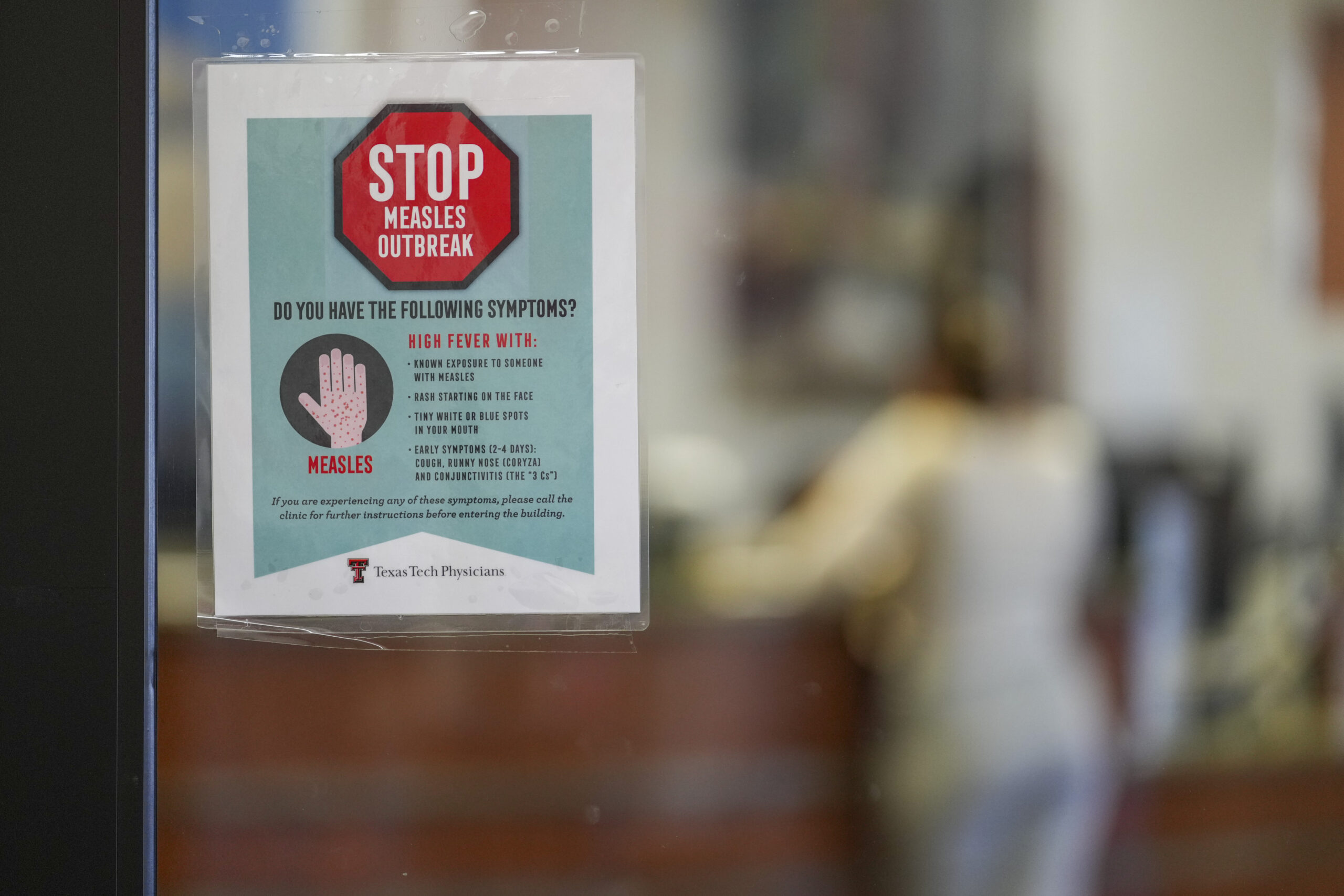Although a coronavirus vaccine isn’t yet available, local health departments in Wisconsin are already working on strategies to distribute vaccinations to millions of residents. The planning is still in the early stages, but drive-thru immunization is one strategy being pursued, with some health departments scheduling practice runs using the seasonal flu vaccine.
Friday was the final day for states to submit vaccination distribution plans to the U.S. Centers for Disease Control. Wisconsin Department of Health Services spokeswoman Jennifer Miller wrote in an email that the agency has submitted an initial draft.
“We are awaiting more information from the federal level to inform the implementation of this plan and will update it accordingly,” Miller wrote.
News with a little more humanity
WPR’s “Wisconsin Today” newsletter keeps you connected to the state you love without feeling overwhelmed. No paywall. No agenda. No corporate filter.
She said the DHS is working closely with state and local partners on the planning process. Miller didn’t respond when asked if she could share a copy of the distribution plan with WPR.
A.Z. Snyder, Pierce County public health director, said her department is part of a vaccine advisory committee that DHS convened with health officials from across the state. Snyder said though there are multiple vaccines in development and there’s no official timeframe for when one will be available, health departments have an understanding that any vaccine will likely need to be kept very cold until it’s ready for use.
“What type of cold chain storage is going to be required is a big question that we have,” Snyder said, referring to the management of temperature-sensitive goods along a supply chain.
Cold storage for vaccines is not new, said Snyder, and vaccines have long been a central part of emergency preparedness planning. But that doesn’t mean the county won’t have to purchase additional things like refrigerators or freezers to handle cold chain storage issues.
Snyder said whenever a coronavirus vaccine is approved, it’s likely that doses will be limited at first. She said immunizations would be distributed in stages with health care workers, emergency personnel and first responders at the top of the list
Snyder said a second wave of vaccinations would then go to vulnerable populations like the elderly, or to those with underlying health conditions. She said the third wave would be for the general population.
She said in order to offer mass vaccinations while minimizing the risk of potential exposure to the coronavirus, local health officials are planning to offer drive-thru immunizations.
“So, in Pierce County, we’ve never done a drive-thru influenza immunization clinic before,” said Snyder. “But in order to prepare for possible dispensing of (the) COVID-19 vaccine next year, we are doing a test drive-thru influenza immunization clinic next week in Plum City, so that we can test our workflow and the supplies that we need and the forms that we need in order to do drive-thru vaccination.”
Lieska Giese, Eau Claire City-County Health Department director, said her staff is also planning drive-thru flu vaccinations this fall.
“We decided this year to really plan a couple of events where we would do a drive-thru vaccination,” said Giese. “We’ve never done it that way before, where people remain in their vehicles and really drive through and get vaccinated. So we don’t have to have people congregating in a building together with COVID-19.”
Giese said vaccinating the entire Eau Claire County population of more than 100,000 people will be an “enormous task,” but she said county health departments have planned for years for this type of event.
She said once a vaccine is available, it will require vast partnerships to complete.
“So, the state is working through planning that would include, obviously, local health departments, all of our health care partners, likely our pharmacies like we do with (the) influenza vaccine, and all kinds of other potential partners,” said Giese.
Snyder said that for health officials everywhere, the undertaking will be “bigger than anything we’ve ever done before.”
“And I also am very worried about what plans that we need to develop around communication in order to encourage the population to get the vaccine once we do have a safe and effective vaccine available,” Snyder said.
Both Snyder and Giese said the key will be consistent messaging from the CDC, DHS, local health departments and hospitals.
Snyder said, in general, 80 percent to 95 percent of any given population needs to be vaccinated in order for “herd immunity” to be reached.
Wisconsin Public Radio, © Copyright 2025, Board of Regents of the University of Wisconsin System and Wisconsin Educational Communications Board.

